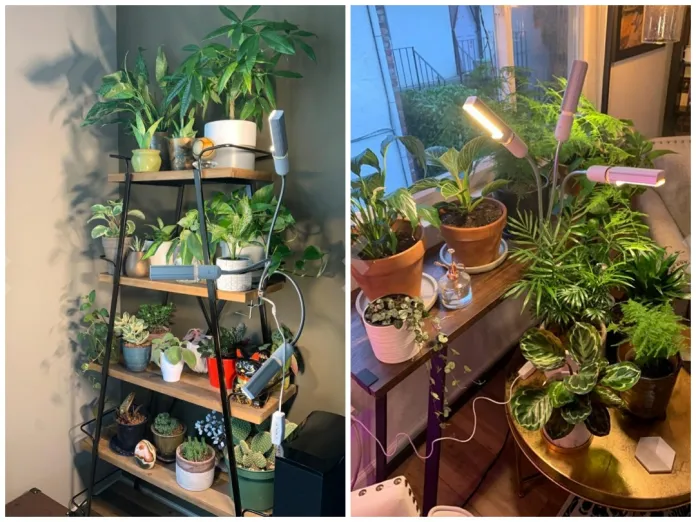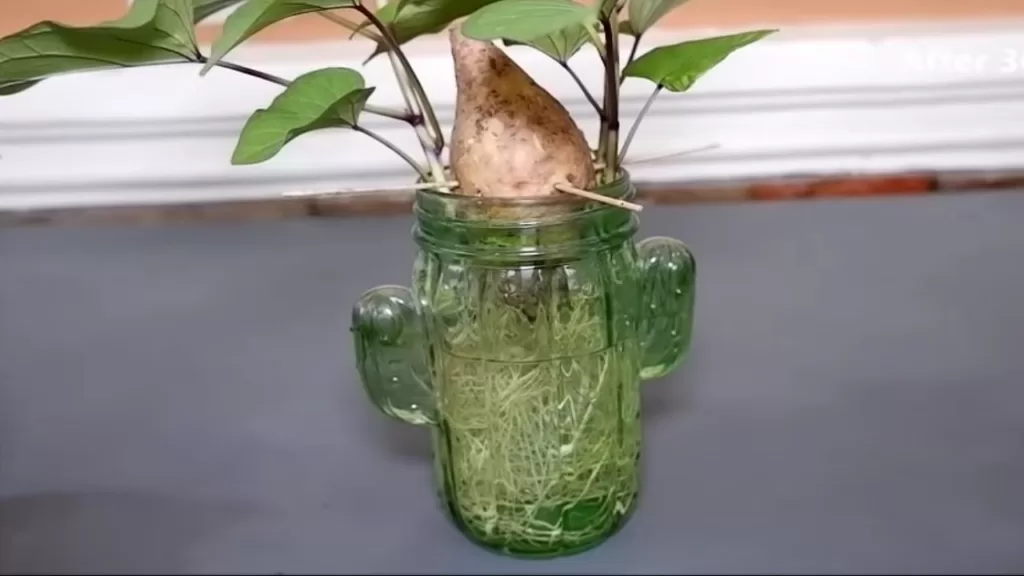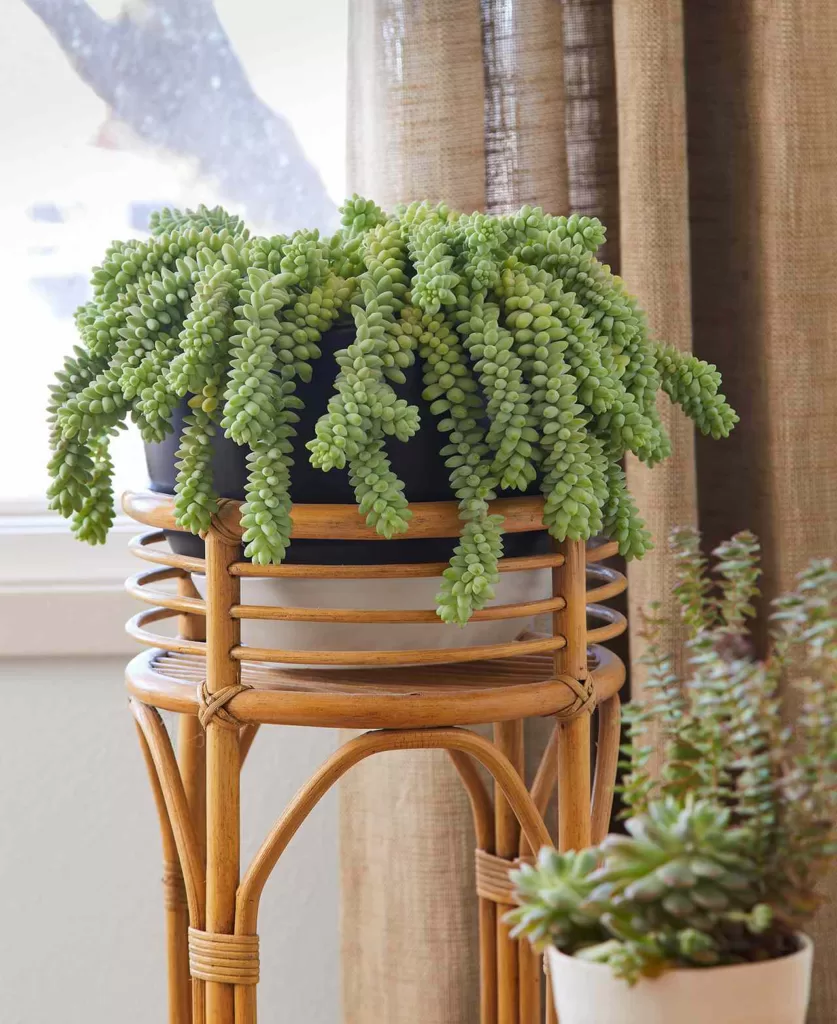Succulents are drought-tolerant plants and do not require frequent watering. They prefer to be kept on the dry side, so watering them every 2 weeks may be too often. It’s important to wait until the soil is completely dry before watering again. It’s also a good idea to check the humidity and temperature of the room to ensure that the plant is not getting too much or too little moisture. Overwatering can lead to root rot and ultimately kill the plant.
Table of Contents
What is the best low light indoor plant?
There are several low light indoor plants that can thrive in low light conditions. Some popular options include:
- Pothos: Also known as devil’s ivy, this plant is known for being able to survive in a wide range of light conditions. It’s a trailing vine that can be trained to climb or hang from a basket.
- Snake Plant: The Snake Plant is also known as Mother-in-law’s tongue, is another popular low light plant. It’s a tall, upright plant with long, sword-shaped leaves. It’s also known for being able to survive in a wide range of light conditions.
- ZZ Plant: This plant has glossy green leaves and is known for being very low maintenance and tolerant of low light conditions.
- Spider Plant: Spider plants are known for their ability to thrive in low light conditions and for purifying the air.
- Philodendron: Philodendrons are another popular low light indoor plant. They are easy to care for and come in a variety of different leaf shapes and sizes.
Keep in mind that all plants will do best in bright indirect light and even low light plants need some light to survive, so it’s important to find a spot where the plant can receive some natural light, even if it’s not direct sunlight.

What is the best indoor plant for a dark room?
There are several indoor plants that can thrive in low light conditions, however for the darkest of rooms, the best options are:
- Pothos: Also known as devil’s ivy, this plant is known for being able to survive in a wide range of light conditions. It’s a trailing vine that can be trained to climb or hang from a basket.
- Snake Plant: The Snake Plant is also known as Mother-in-law’s tongue, is another popular low light plant. It’s a tall, upright plant with long, sword-shaped leaves. It’s also known for being able to survive in a wide range of light conditions.
- ZZ Plant: This plant has glossy green leaves and is known for being very low maintenance and tolerant of low light conditions.
- Chinese Evergreen: Chinese evergreen is a hardy, low-light-loving plant that can tolerate a wide range of conditions, including low light. They come in a variety of leaf shapes and colors, and are known for being easy to care for.
- Cast Iron Plant: The Cast Iron Plant is a durable and tolerant plant that can survive in low light conditions, making it a great option for a dark room.
It’s important to keep in mind that these plants will do best in bright indirect light and even low light plants need some light to survive, so it’s important to find a spot where the plant can receive some natural light, even if it’s not direct sunlight.
Are there any zero light plants?
There are no plants that can survive in complete darkness, as all plants need some form of light in order to survive. Photosynthesis is the process by which plants use light energy to convert carbon dioxide and water into glucose and oxygen. Without light, plants would not be able to produce the energy needed for growth and survival.
However, there are plants that can survive in very low light conditions, such as the ones I mentioned before like Pothos, Snake Plant, ZZ Plant, Chinese Evergreen, and Cast Iron Plant. These plants are tolerant of lower light conditions but will still require some light to survive. It’s also important to keep in mind that while these plants can survive in low light, they will not thrive and may not reach their full potential.
Additionally, plants can survive for short period of time in darkness for example when they are in dormant state or in a transport process.

Can plants get too much LED light?
Yes, plants can get too much light, including LED light. LED lights are becoming increasingly popular as a means of providing light for indoor plants, but it’s important to be aware that too much light can be harmful to plants.
Excessive light can cause a phenomenon called photobleaching, where the pigments in the plant’s leaves break down, causing the leaves to turn yellow or white. This can also cause the leaves to become brittle, and can eventually lead to leaf drop.
Additionally, too much light can cause the plant to dry out quickly, leading to wilting and browning of the leaves. It can also lead to sunburn or sunscorch, which is damage to the leaves caused by prolonged exposure to bright light.
It’s important to monitor the light intensity, duration and distance of the LED light and adjust accordingly. Also, be mindful of the type of plant you have, as different plants have different light requirements. For example, succulents and cacti require more light than ferns or snake plants.
It’s also important to rotate your plants regularly to ensure that all sides of the plant are getting an equal amount of light. This will help to prevent the plant from becoming too lopsided or uneven.






